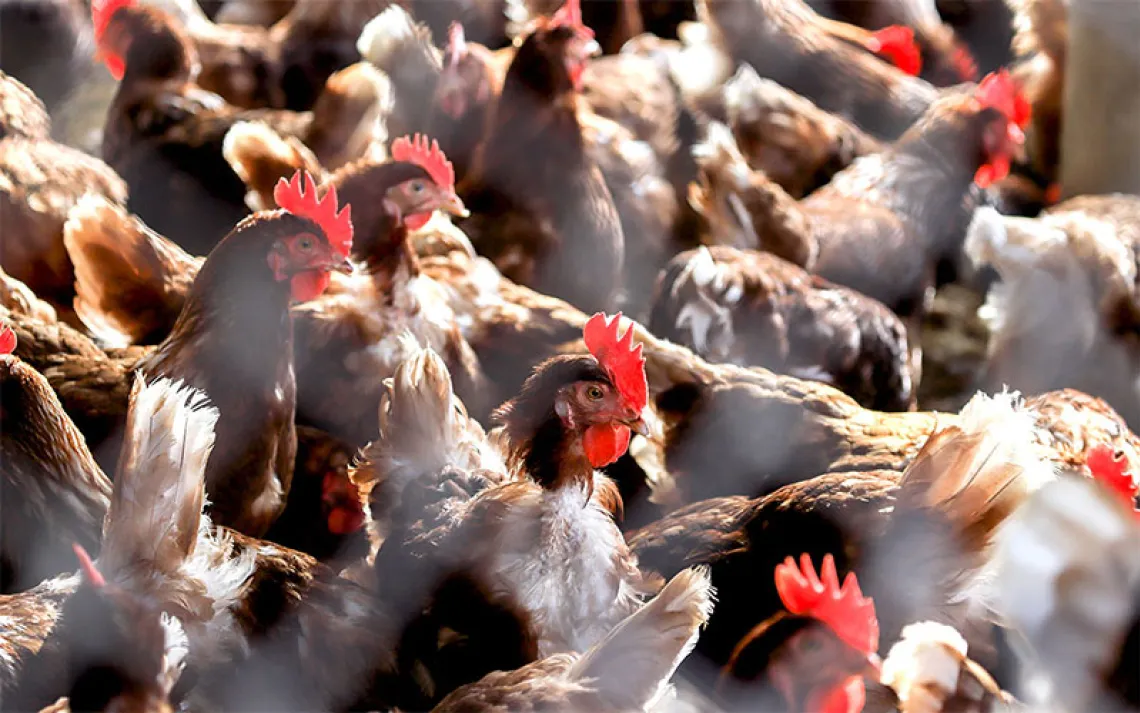In California, Gas Is the New Coal
Cities in the Golden State are banning gas hookups in new buildings

Illustration courtesy of the Lee-Egans
Last July, Berkeley, California, became the first city in the nation to ban gas hookups in new buildings, drawing attention to an often underestimated environmental and health risk.
Buildings are the second-largest source of greenhouse gas emissions in California after transportation, and gas appliances like furnaces and stoves are partially to blame. Each year, the infrastructure that funnels gas to buildings and homes leaks enough methane (a greenhouse gas 86 times more potent than carbon dioxide) to match the emissions of all vehicles in the country.
Gas stoves are also linked to respiratory illnesses, and children who live in homes with gas stoves are 42 percent more likely to have asthma. According to one study, cooking on a gas stove just once a week leads to levels of indoor air pollution that if recorded outdoors would be considered illegal by the EPA.
Since Berkeley's ban, at least a dozen other California cities have passed "electrification codes," including San Jose, the 10th-largest city in the United States. Dashiell Leeds, who advocated for the San Jose legislation with the Sierra Club's Loma Prieta Chapter, said that gas bans can improve both natural and human environments.
"We have this massive, moving, and for many people immediate crisis of climate change," Leeds said. "And we want people to be living in homes that are clean and healthy."
This article appeared in the January/February 2020 edition with the headline "Electrifying Building Codes."
 The Magazine of The Sierra Club
The Magazine of The Sierra Club



